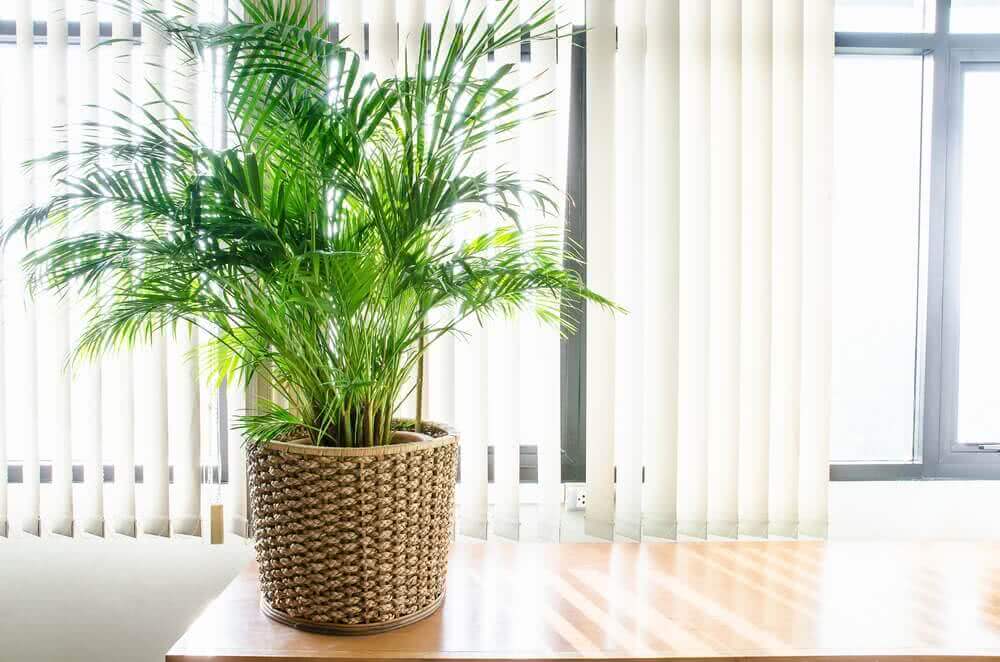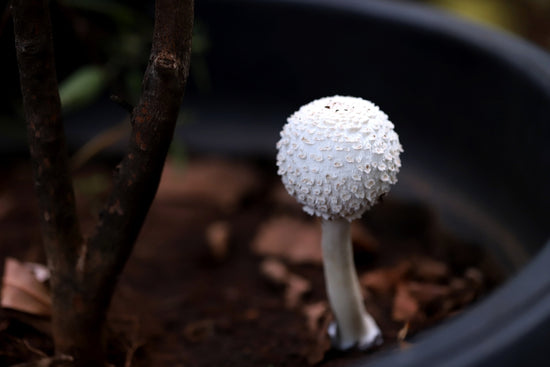
Introduction to Parlor Palm Plant:
Parlor Palm thrives well in an apartment space with low light. Even if it is placed near a bright window, the plant creates a shadow of its own and manages rest of the day brightening up the dullest and darkest corner of the house. Parlour Palm is a slow grower and might take years to grow up to a meter.
Parlor Palm is believed to have originated from Mexico and dense forests of Guatemala as the plants hardly receive any sunlight here, and humidity is pretty high. Though the plant can sustain in all types of lights, it does extremely well under fluorescent light conditions.
The plant’s single stem features slender leaves in a frond. The plant gives a tropical feel when planted outdoors. Buy Areca Palm plant online.

Growing conditions for Parlor Palm Plant:
1. Light:
These low-light plants need bright, filtered sunlight to do their best. They are often planted in a northern exposure. Read about how light affects the growth of a plant.
2. Size of the Container:
Pots from 4” to 14” diameter is ideal for the plant. Buy pots & planters online.
3. Temperature:
The ideal temperature for the parlor palm is between 55 to 58F.

4. Humidity:
Parlor palm plant can sustain well in normal humid conditions. Read about importance of humidity in indoor gardening.
5. Water:
Like other members of the Palm family these too are sensitive to overwatering and cannot tolerate excessive watering. Slight moisture but with a dash of dryness is ideal.
6. Soil:
Use high-quality potting mix only. Just be careful that does not break down and turn into a sponge.
7. Fertilizer:
Feed Parlour Palms with a diluted liquid fertilizer once or twice during the growing season. Since these Palms are light feeders, do not fertilize during the winter.
8. Propagation:
Professional gardeners propagate Parlour Palm plants from seeds as they cannot be propagated by stem or leaf cutting. It might be possible to divide a clump into two smaller clumps, but this is not recommended.

9. Pruning:
Pruning parlor palm plant is different from other household plants. Just remove the wilting leaves, and leave the stem as-it-is. The new leaves will grow on the main stem. Understand pruning for proper pruning of plants.
10. Repotting:
Parlour Palm stems are weak and grow pretty slow. This means that repotting should be done with extreme care. The palms stay at a manageable size and hence do not need repotting more than once a year. If only the potting media breaks down and becomes sponge-like, then you must repot to prevent root rot.

11. Varieties:
Main parlor palm variety is C. elegans, and it is native to Mexico and Central America. The related varieties are bamboo palm, C. erumpens, which come with fan-like leaves, and are a bit larger than other varieties. A few other variations include C. hooperiana, which resemble a kentia palm.
12. Toxicity:
This indoor palm plant is non-toxic and safe for planting indoors as well as outdoors.
13. Pest Control:
Look out for bugs like spider mites and mealybugs which feed on the leaves of parlor palm plants. Initially try spraying the leaves with warm and mild soapy water. For severe infestation use a commercial insecticidal soap to debug the plant. Read about how to get rid of mealy bugs.
Buy DIY Pest Control products online.

Do you have Parlor Palm Plants at home? Do not forget to share pictures.










